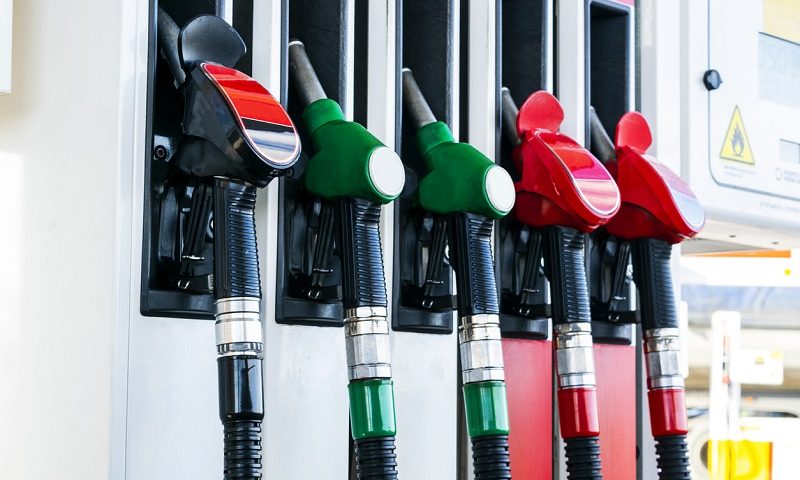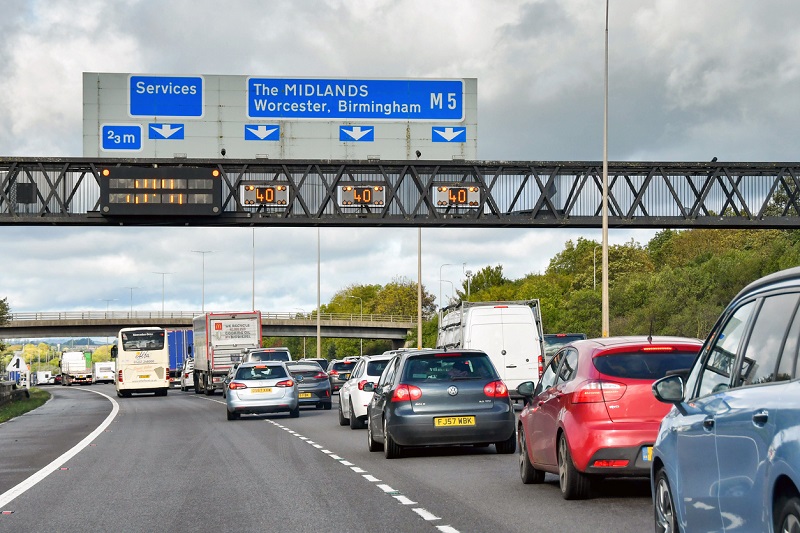Drivers ‘breathe sigh of relief’ as petrol prices drop for first time this year

Sick of rising petrol prices? Our luck might just be in, as new figures reveal they dropped marginally last month for the first time this year.
Petrol prices finally fall
The average price across UK forecourts reached an eight-year high this summer after rising for 39 consecutive weeks, according to PA Media Group analysis. But offering some slightly more promising news, a reduction of a fraction of 1p per litre was finally recorded on August 23, government figures show.
Drivers are now typically being charged £1.35 per litre for petrol and £1.37 for a litre of diesel.
In May last year, the average cost for a litre of fuel was £1.05 for petrol and £1.12 for diesel – a knock-on effect of global coronavirus lockdowns resulting in a collapse in oil prices. But since then, drivers have had to fork out roughly an extra £17 for petrol and £14 for diesel to fill up a 55-litre family car.
RAC spokesman Rod Dennis told PA that drivers can “at last breathe a sigh of relief” that the constant rise in petrol prices is over “for now”.
But he added: “A meeting of some of the biggest oil-producing nations on Wednesday will, at least in the short-term, have the effect of firming up the oil price, meaning that it is unlikely that forecourt prices will fall in any significant way in the next few weeks.
“Decisions about oil supply combined with international progress in getting through the pandemic and increasing economic activity are two of the major factors that will determine the direction pump prices take over the coming months.”
A new look for petrol
Another change in the world of fuel is the new and more environmentally-friendly E10 petrol, which was rolled out at forecourts across Britain on 1 September.
It’s replacing E5 as standard and is made with up to 5% more bioethanol – a type of renewable fuel – to cut carbon emissions.
The 2.4p per litre fall in the wholesale cost of petrol since last week is more than 10 times higher than government predictions following the introduction of E10, AA analysis finds.
To find out more about the new fuel and how to avoid extra costs, see our informative report on E10.


